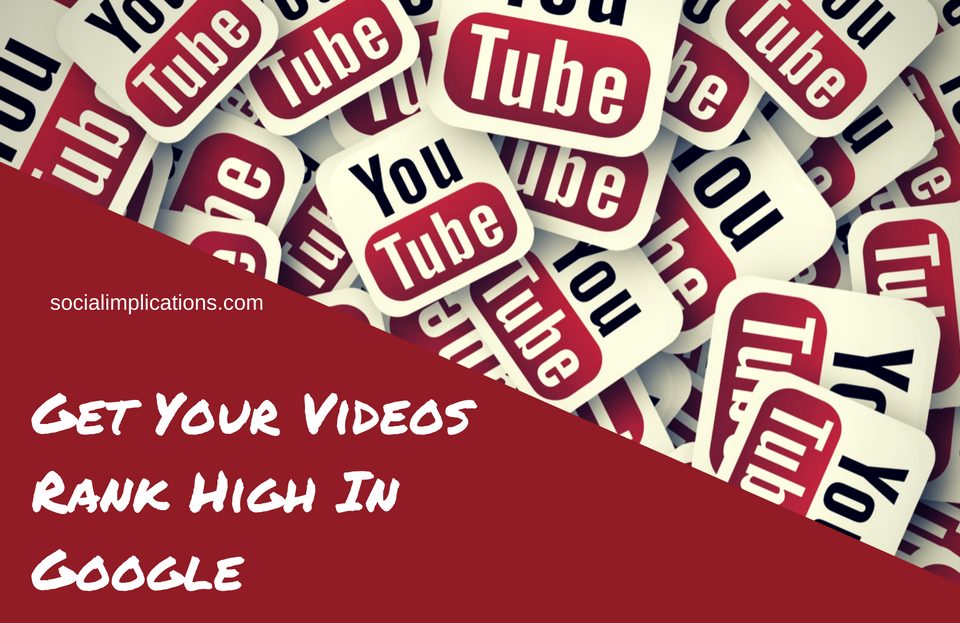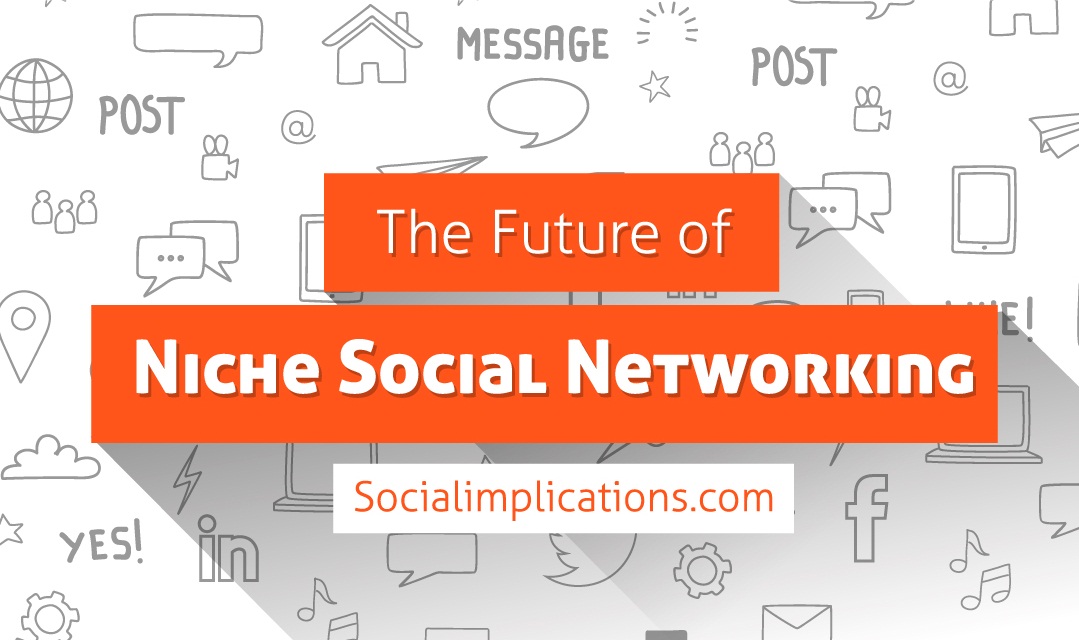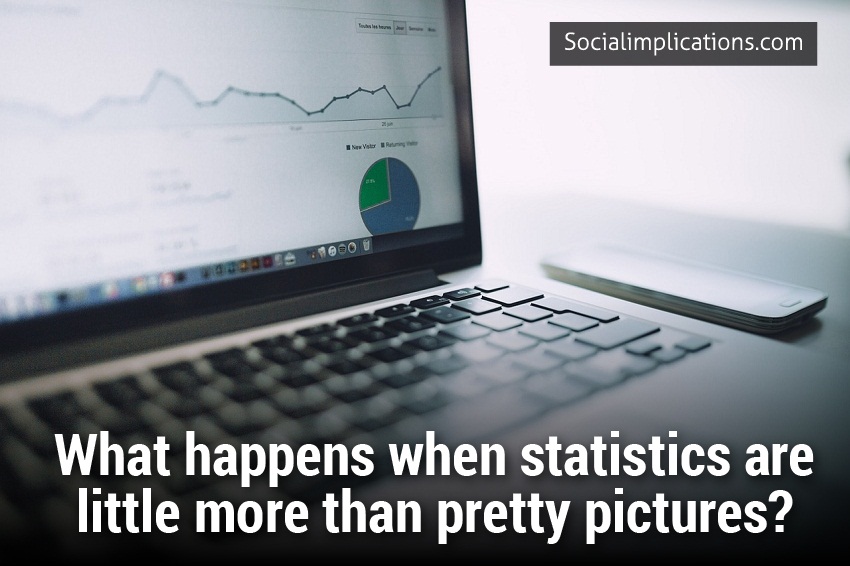
Social Media is full of pitfalls caused by misleading statistics. Facebook is reporting higher engagement; however, two case studies designed to determine whether it made sense to pay Facebook for Promoted Posts found a disturbing trend.
Matt Owen published a Case Study: Do Facebook Promoted Tweets Work on eConsultancy that included this telling quote:
“I’ve spent time checking out the profiles for a lot of these users, and while there are a few legitimate users in this list, we also received a large amount of Likes from profiles in Malaysia and Thailand, many with no connection to digital marketing, and alarmingly, many appeared to be fake profiles.
Now, I’m a big fan of triple-checking everything, as things on Facebook are rarely what they seem, but if this is indeed the case, then we’re left with a problem. At this point it seems that either:
- Facebook’s targeting is utterly, irredeemably borked, or
- Something far worse: that promoted post interactions are falsely buoyed by fake profiles.
I’m not about to pit myself against the legal department of one of the world’s largest companies here, but this does have some disturbing implications if Facebook is serious about building an ad network.”
Less than two weeks later, Simon Dell wrote Goodbye, Facebook, and Thanks for All the Fish for MarketingMag.com.au and saw the same issue:.
“We tried sponsoring a particular post several weeks ago and opted for the ‘people who like your page and their friends’. Now, we’re an Australian business with the capacity to deliver in Queensland, New South Wales and Victoria. We ended up getting 8445 people seeing the post and 180 likes. Great! Lots of interest on our post and there’s bound to be one or two potential clients there, right?
Wrong. Here are five of the names from those who liked the post:
- SuperKid Niia Underpressure
- Rhuudy Trd Speed
- Jumadi Crooz Metaldeathstreetteamtangbar
- Abdoel Idttu Gakgpherluepintehrr
- Coorniajustine Thumberlikes
95% were like this. All based in SE Asia and if genuine at all, totally useless to us. Facebook had found the cheapest route to spend our money by showing the post to thousands of people linked to just two or three of our fans.”
One of the major reasons I stopped managing AdWords accounts was a pervasive problem with what pay per click experts call distribution fraud. All traffic is NOT created equal, so what Google did was to periodically replace your converting traffic with junk traffic. That appears to be what may be going on at Facebook.
Listen to this short video from Murray Newlands about the changes at Facebook and make note of his comment about the new Adobe report that Facebook engagement is up “hugely” and ask yourself engagement from whom?
ClickZ reports Facebook Brand Engagement Up 896%:
“Adobe’s Digital Index for Q3 2012 reports that the huge uptick in engagement is, in part, a result of Facebook’s new Timeline feature. Facebook introduced its new Timeline feature last February.
Adobe’s research points to its introduction as a major factor for engagement growth. Other studies tend to agree, as a report released earlier this year found that the feature garnered positive results for small to medium-sized brand pages.”
Wildfire Interactive reported that Facebook’s Timeline Ups Engagement and eMarketer questioned whether the introduction of timelines on Facebook increased interaction. They wrote:
“Social media measurement company Simply Measured looked at 15 brand pages that were early adopters of the Timeline format and found that average engagement on brand posts (i.e., comments and “likes”) rose 46% in the three weeks after the switch compared to the three weeks before.”
I still have to wonder, though, with Facebook showing your content to fewer of your real fans, how could engagement be up so much? What caused engagement to increase and the most likely cause – based upon the two case studies quoted above – is that people in countries where labor is inexpensive are being paid to engage with brand pages.
These increased engagement stats do NOT necessarily mean that Facebook has hired them. It is likely that brands are hiring “engagers” because they know that if you have more activity on what you share, the Facebook algorithm EdgeRank will be triggered to show your content to more of your REAL fans.
Given the high rates Facebook is charging, it would be less expensive to pay
an army of Amazon’s Mechanical Turks to like and share their content.
That would result in a massive increase in interaction, but not on the content belonging to others. So there is still something very fishy about the results Matt and Simon shared. While I often mention that you should keep track of when you make changes and use them to measure the effects of what you’re doing, you KNOW what you changed. Even then, other factors outside your control or awareness can come into play.
A good way to hide the effects of a change is to make two changes at once. When you do something that could create bad publicity, you can offset that by doing something else that moves the numbers in the direction you want them to go. It is very difficult to prove either way that statistics have been intentionally manipulated, but always remember why this is such a popular quote, “Lies, Damn Lies, and Statistics.”
I encourage anyone who is using Facebook or considering buying promoted posts or other types of advertising there really understand how it all works. I compiled all the best resources I could locate on how EdgeRank works, who can use Facebook Promoted Posts, and more details to help you decide whether paying would be worthwhile for you in the massive post Facebook Users Outraged Over New Extortion Model.
I will be keeping that post updated and have already added breaking news about how Facebook Users Can Bypass EdgeRank and Opt-In To See All Facebook Page Posts plus a brand new video and post featuring Facebook expert and WordPress alpha-tester Kimberly Castleberry’s take on how to deal with these changes.
If you are going to buy traffic or try to increase engagement, you are going to need to measure whether what you are doing is effective. You can get a free trial social media monitoring account from Alerti. Use Bonus Code alertivideo to extend it to 90 full days. That will give you more time to learn the tool and figure out what is working.
What do YOU think about all of these Facebook changes?
Are you going to use Facebook more or less now?
Will you spend more time trying to interact in
hopes of getting more traffic organically?
Or break down and pay for views?
Tell us in the comments!
FACEBOOK PROMOTED POSTS STATS:
- ReadWriteWeb @RWW Why Most Facebook Advertising Doesn’t Work
- MK Creative.net @mkcreativeteam How To Promote Facebook Posts & Why You Might Not Want To
FACEBOOK ADVERTISING CASE STUDIES:
- Aimclear @AimClear An Optimizer’s Guide To Facebook Ads Performance Reports
- Bryan Eisenberg @TheGrok Facebook’s Desperate Attempt to Prove Its Value (Test it Yourself)














This is disturbing! Thanks for the heads up, I was just about to test promoted posts. I think I’ll spend my ad dollars elsewhere.
Hi Steve,
Always best to test everything – especially when you’re spending money on it or investing a lot of time in it. It is unfortunate that there are pitfalls in everything we do. What you might do is use a promoted post to get people onto your mailing list so you can reach out to them on your schedule.
[…] Social Implications: Facebook Promoted Posts: Case Studies Suggest Distribution Fraud […]
[…] Facebook Promoted Posts: Case Studies Suggest Distribution Fraud […]